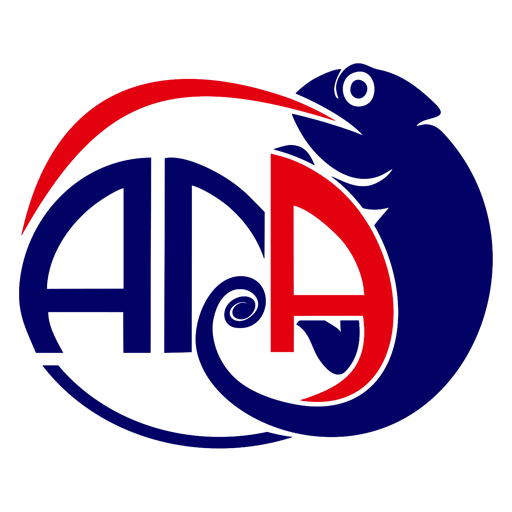Outsourcing sealant Production
In today’s business world, launching an independent brand in the production and sales of products, especially in competitive industries like adhesive manufacturing, requires strategic and precise decision-making. One option for individuals and companies looking to establish a brand in the adhesive sector is to outsource production to a large and experienced manufacturer such as “Ana Shimi Araz.” This article comprehensively examines the advantages and disadvantages of this approach to facilitate better decision-making in this context.
1. Advantages of Outsourcing sealant Production
1.1. Reduction of Initial Investment Costs
One of the biggest advantages of outsourcing production to large companies like “Ana Shimi Araz” is the significant reduction in initial costs. Establishing an independent factory for adhesive production requires massive investments in land acquisition, construction, equipment purchase, labor hiring, and raw material sourcing. However, with outsourcing, only costs related to packaging, label printing, and paying for raw materials to the manufacturer fall on the brand owner. This substantially lowers the need for initial investment and reduces the financial risk of the project.
1.2. Focus on Brand Development and Marketing
Outsourcing production allows you to concentrate on brand development, marketing, and sales rather than production processes. Large manufacturers like “Ana Shimi Araz” have the necessary experience and expertise in producing high-quality products, enabling you to focus your resources and energy on understanding the market, customer needs, and advertising. This can lead to increased market share and brand credibility in the long term.
1.3. Utilizing the Manufacturer’s Experience and Expertise
Large manufacturers like “Ana Shimi Araz” possess extensive experience and advanced technical knowledge in adhesive production. By outsourcing production to such companies, you benefit from modern technologies and production methods that might be costly and time-consuming to implement in an independent factory. This can elevate the quality of your brand’s products and enhance customer satisfaction.
1.4. Reduction of Production and Management Risks
Manufacturing adhesive products requires careful management of production processes, equipment maintenance, quality control, and workforce management. These issues can present numerous challenges for newly established businesses. By outsourcing production, these risks are transferred to the manufacturer, allowing you to manage other aspects of your business without worrying about production-related problems.
2. Disadvantages of Outsourcing sealant Production
2.1. Reduced Control Over the Production Process
A primary disadvantage of outsourcing production is the reduced control over the manufacturing process. In this scenario, you are largely dependent on the manufacturer and may not be able to fully supervise quality and production timing. Any issues in the production process or delays in product delivery can negatively impact your brand’s performance and lead to customer dissatisfaction.
2.2. Dependency on the Manufacturer
Outsourcing production to another manufacturer creates a high level of dependency. This dependency can lead to serious challenges for your brand if problems arise in the business relationship. For example, if the manufacturer is unable to continue collaboration for any reason, finding a suitable replacement can be time-consuming and costly, potentially leading to production halts of your products.
2.3. Limitations on Product Customization
Outsourcing production may limit your ability to fully customize products according to your needs and ideas. Large manufacturers typically operate on standard production lines, and making adjustments to the production process to meet your specific requirements may be time-consuming or costly. This can hinder your creativity in creating unique products.
2.4. Potential Decrease in Profit Margins
With outsourcing, your production costs are paid to the manufacturer, which can affect your profit margins. Although initial investment costs are reduced, long-term payments to the manufacturer may lead to decreased net profits. This issue becomes particularly significant in environments with intense market competition where reducing prices is necessary to maintain market share.
Summary and Conclusion
Outsourcing production to an experienced and large manufacturer like “Ana Shimi Araz” for establishing an independent adhesive brand in Iran has its specific advantages and disadvantages. On one hand, this method can lead to lower initial investment costs, focus on brand development, utilization of the manufacturer’s experience and expertise, and reduced production risks. On the other hand, it also comes with reduced control over the production process, dependency on the manufacturer, limitations in product customization, and the potential for decreased profit margins.
Considering these pros and cons, the decision regarding whether to outsource production depends on your business’s specific circumstances and goals. If your focus is on rapid brand development and reducing initial risks, outsourcing may be a suitable option. However, if complete control over the production process and the creation of unique products is essential to you, establishing an independent factory may be the better option. Ultimately, the most important factor in this decision-making process is a careful evaluation of your needs, resources, and long-term business strategies.

